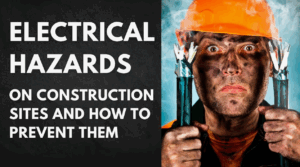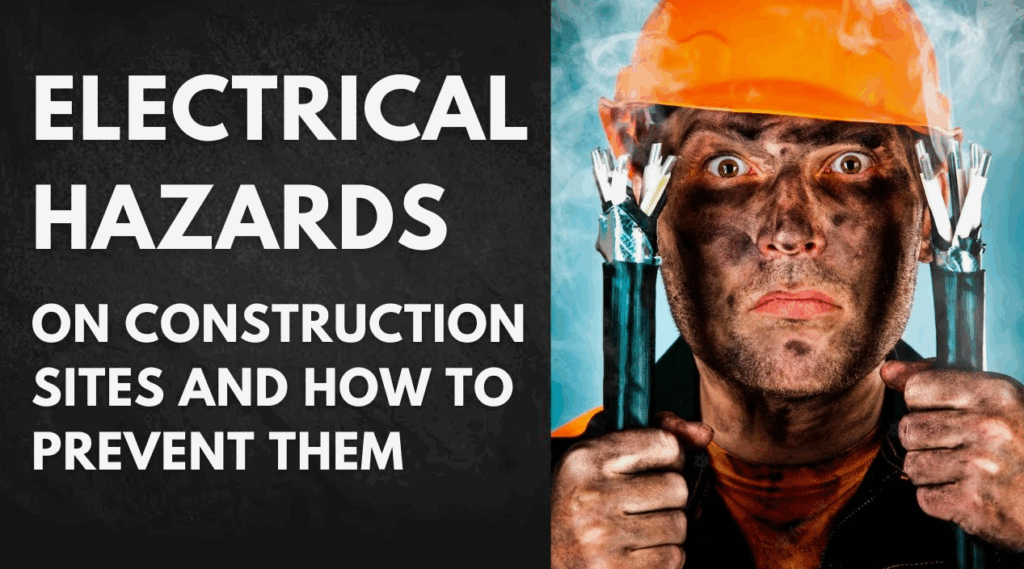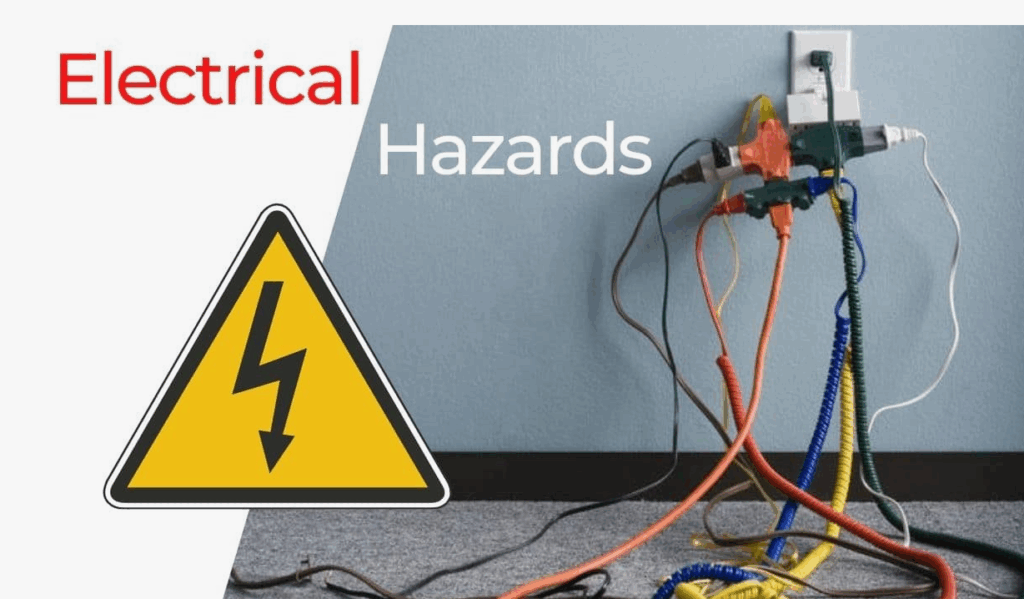Safeguarding employees against electrical hazards is both a moral responsibility and a legal duty for every employer. A single oversight—such as a damaged cord or an ungrounded outlet—can lead to serious injuries, permanent disabilities, or even fatalities.
To protect your team, it’s crucial to identify common electrical hazards such as:
-
Damaged cords
-
Overloaded circuits
-
Water in electrical areas
-
Lack of proper grounding
-
Contact with overhead or buried lines
You can prevent electrical accidents by:
-
Conducting regular inspections
-
Using proper Personal Protective Equipment (PPE)
-
Hiring qualified personnel for maintenance
-
Enforcing Lockout/Tagout (LOTO) procedures
-
Keeping electrical equipment dry and well maintained
Equipping your workforce with electrical safety knowledge instills the confidence to work safely and effectively—leading to a more efficient, compliant, and profitable workplace.

A Real Story: When Speed Overrides Safety
A tragic workshop accident occurred when David, the shift supervisor, under pressure to meet a tight deadline, instructed Mark, a new technician, to inspect a malfunctioning machine. In a rush, Mark attempted a quick fix without a full assessment.
Unaware of a damaged, energized wire, he reached into the machine—only to receive a severe electric shock. The accident left him with burns and long-term nerve damage.
This incident underscores the importance of:
-
Proper safety training
-
Regular equipment maintenance
-
Qualified personnel handling repairs
-
Strict control measures
Common Electrical Hazards in the Workplace
⚡ 1. Exposed Cords and Frayed Wires
Damaged cords, worn insulation, and exposed wiring are direct paths to electric shock, arc flashes, or fires. Electricity can arc to nearby conductive materials, especially if insulation is compromised.
✅ Prevention Tip: Routinely inspect and replace damaged cords. Use conduits and raceways to protect wiring.
🧰 2. Worn Equipment and Faulty Tools
Electrical tools with internal faults can overheat or cause short circuits, resulting in fires or shocks.
✅ Prevention Tip: Repair or replace defective tools immediately. Never use electrical tape as a substitute for proper insulation.
🔌 3. Overloaded Circuits and Outlets
Plugging too many devices into one outlet can overheat circuits, creating a fire hazard.
✅ Prevention Tip: Use power strips with overcurrent protection, and monitor outlets for heat or burning smells.
⚠️ 4. Improper Grounding
Without proper grounding, stray current may pass through an individual who touches the device, causing electrocution.
✅ Prevention Tip: Install Ground Fault Circuit Interrupters (GFCIs) and regularly test grounding systems.
💧 5. Damp Environments
Water increases electrical conductivity, multiplying the risk of shock or death.
✅ Prevention Tip: Use electrical equipment rated for wet conditions and GFCIs. Always dry hands before handling electrical tools.
🔋 6. Contact with Power Lines
Overhead and underground power lines carry high voltages and are deadly on contact.
✅ Prevention Tip: Stay at least 10 feet away from overhead lines. Use non-conductive PPE when working near energized sources.
🛑 7. Lack of Lockout/Tagout (LOTO)
Failure to use LOTO procedures can result in machinery accidentally energizing during maintenance, causing injury or death.
✅ Prevention Tip: Always enforce LOTO protocols for servicing electrical systems. Only trained personnel should carry out these tasks.
Fast Facts & Statistics
📌 OSHA (Occupational Safety and Health Administration) mandates electrical safety standards based on the National Electric Code (NEC).
📊 ESFI (Electrical Safety Foundation International) reports:
-
69% of workplace electrical fatalities occur in non-electrical occupations
-
44% of victims were in construction or extraction roles
📈 Recent Trend: Hispanic or Latino workers continue to face disproportionately high rates of electrical fatalities—a growing concern.
💰 The Cost of Safety Lapses:
-
Average workplace injury (requiring medical attention): $40,000+
-
Workplace fatality: Over $1.3 million in direct costs (NSC)
🌍 Global Impact: An estimated 1.2 million people suffer electrical injuries annually worldwide.
Conclusion
Understanding and addressing electrical hazards in the workplace is not optional—it’s critical. Proactively identifying risks such as frayed cords, overloaded circuits, and ungrounded equipment helps:
-
Prevent injuries and fatalities
-
Maintain legal and regulatory compliance
-
Foster a culture of safety and trust
Investing in safety isn’t just the right thing to do—it’s also good business.
FAQs
❓ What’s the key factor in ensuring workplace electrical safety?
Always disconnect the power source before working on any electrical equipment and avoid contact with energized circuits. Use proper PPE and follow safe work practices.
❓ What are the negative effects of workplace injuries on an organization?
Beyond personal harm, injuries can lead to production delays, fines, lawsuits, loss of reputation, and direct costs exceeding $40,000 per incident.
❓ What are the latest statistics on electrical safety?
Approximately 1.2 million people are injured in electrical-related accidents worldwide each year. Electrical fatalities are still alarmingly common, especially among non-electrical workers.


